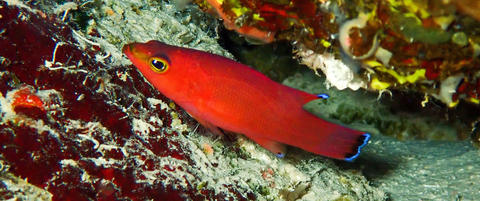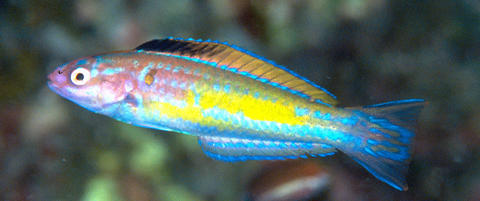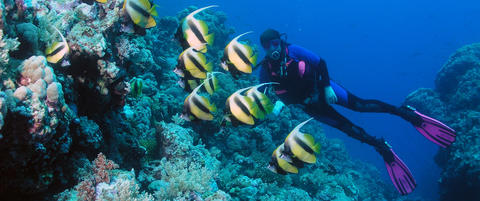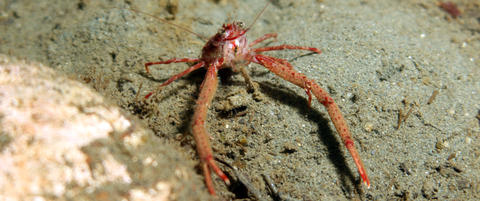You know that place where the waves are crashing, the water is frothy, and the surge sends you flying?
This shallow area is home to plenty of fish, which makes it worth exploring! Learn how to identify some of the species found in the surge zones of Hawaii in this special Fishinar presented by active REEF surveyor and Hawaii fish expert, Dennis Bensen and REEF Citizen Science Program Manager, Janna Nichols.
IMPORTANT: Note the time zone and make sure you adjust it as needed for your location!
Species taught in this session:









